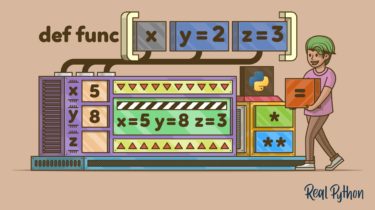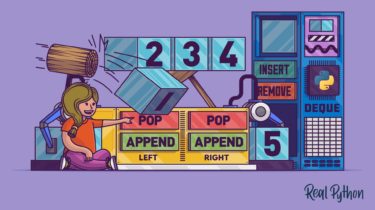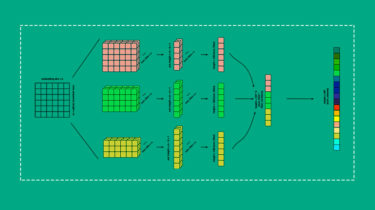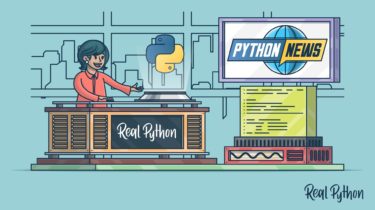The best Docker base image for your Python application (August 2021)
When you’re building a Docker image for your Python application, you’re building on top of an existing image—and there are many possible choices. There are OS images like Ubuntu, and there are the many different variants of the python base image. Which one should you use? Which one is better? There are many choices, and it may not be obvious which is the best for your situation. So to help you make a choice that fits your needs, in this […]
Read more



